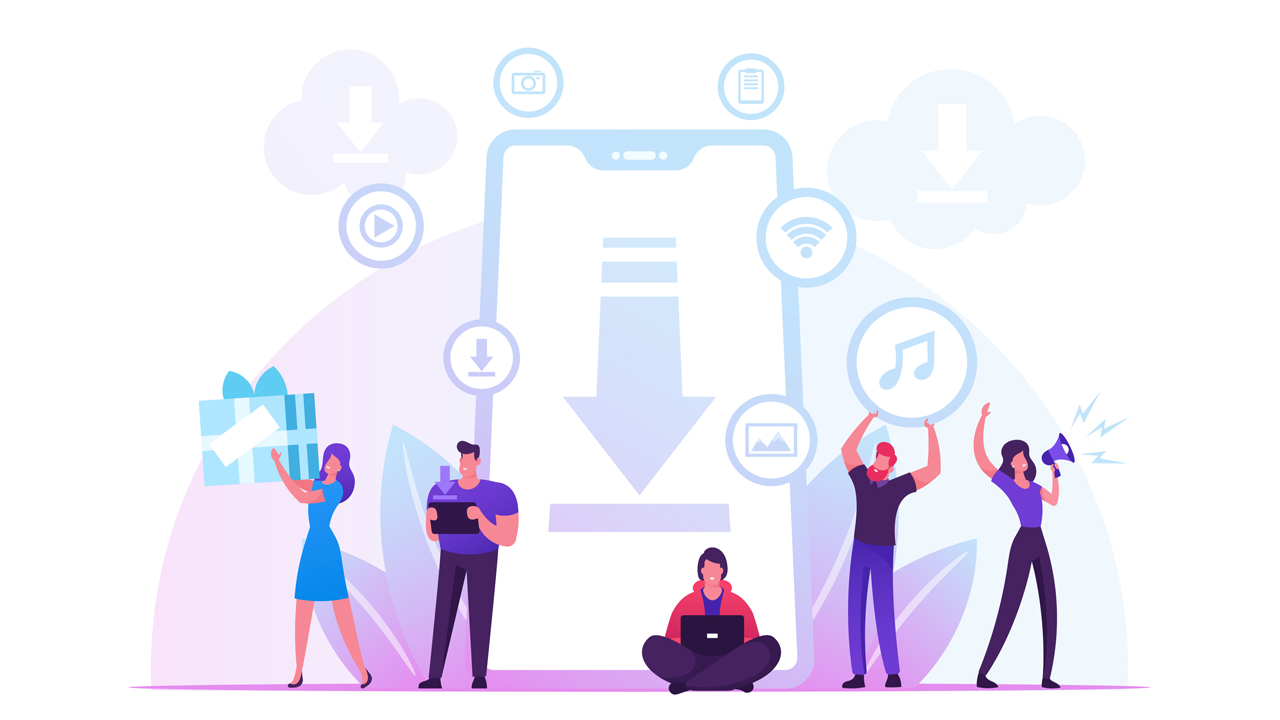
Torrenting is a term that gets thrown around on the internet a lot. Most of the time it is used correctly, but occasionally its terminology gets blurred. Simply, it is a method for sharing and downloading files.
However, torrenting is different to your usual download. In this instance, it isn’t just you downloading a file directly. Instead, torrenting employs the use of a peer-to-peer network (P2P) to aid the download.

Not sure what a peer-to-peer network is? Don’t worry, we cover all of that below. But the key point is that it makes downloads faster and easier for your computer to handle. What is P2P? Torrenting relies heavily on the use of a peer-to-peer network.
This is a decentralised network system that connects multiple computers to share resources without a connecting server between them. Put more simply, a P2P is a way of sharing the workload when downloading something. In a traditional download, one server has the file and everyone else is downloading it directly from that one source.
This can cause a strain on the connection, slowing things down unnecessarily. In a P2P setup, the download is split between servers, allowing users to download and share pieces of the file simultaneously from multiple sources. Using this method, the work is split out, reducing the strain on one single network and making the downloading of a file quicker and easier.
How do torrents work? So a P2P system is quicker, but how does a torrent actually work? When you download a torrent file, you’re not actually getting the file itself, but a list of instructions for a Torrent client to use. When you give this file to a client, it opens it up and connects you to a group of other people who are also looking to download that file. All of these devices looking to download the file get roped into the process, all downloading and uploading at the same time.
This breaks the file into smaller pieces. As you download pieces, your torrent client also shares them with our users in the group. It’s a bit like a group project, with each device doing a little bit of the work for an overall quicker process.
Drawbacks of torrenting Unfortunately, torrenting isn’t all teamwork and rapid downloads, there are some drawbacks too. Most noticeably, your IP address is visible to everyone who is sharing that same torrent file. While this isn’t always going to be an issue, there are people out there who might use this information to their advantage.
This is a problem that can be alleviated with one of the best VPNs . These will keep your IP address hidden while you torrent. Torrenting also uses up a lot of bandwidth.
Even though the file download is faster, it requires more work from your device, having to connect up to a network, process the information and download and upload at the same time. While this won’t be too bad for a single torrent, it can add up quickly if done frequently, especially on large files. The world of torrenting is also monitored closely by copyright holders and anti-piracy organisations.
They have been know to identify and prosecute individuals who are downloading or sharing copyrighted content without permission. How to stay safe when torrenting? By and large, torrenting is a safe practice. However, there are a few key practices to keep in mind to make the whole process safer.
Firstly, and most importantly, it is important to choose a well-known and trusted torrenting client. There are plenty of options out there, some a little shadier than others. Choose one that is well-reviewed and used often.
As we mentioned above, torrenting does make your IP address public to other users in the P2P network. Some of the best torrenting VPNs are specifically catered to this situation, keeping you as safe as possible through this process. Whichever VPN you choose should have a reliable kill switch for torrenting.
Alternatively, looking into the most secure VPNs can offer you a wider net of protection. When torrenting, it is important to keep your antivirus software up to date and install a firewall. This, in conjunction with a good VPN, will keep you safe through the download.
Using all of these tools together will keep your information private and keep you safe from any malicious downloads which could make their way in, even on the better-reviewed torrenting platforms. Bottom line So, that’s torrenting. It can be a useful way to cut down on hosting costs and keep files free and in the public domain.
However, it can also be risky. Torrenting can expose you to malware or legal action from both legitimate and illegitimate sources. Watch what you are downloading and always use one of the most private VPNs to keep yourself anonymous and safe while downloading.
As long as you approach it safely, torrenting has a variety of benefits that can make it an effective way to get your files..














